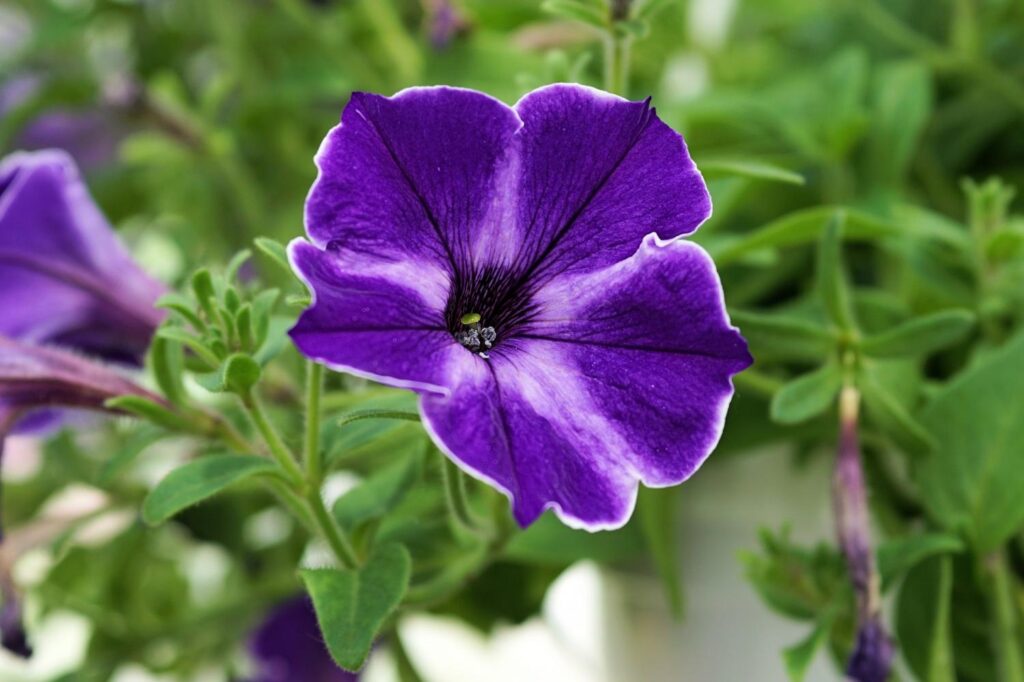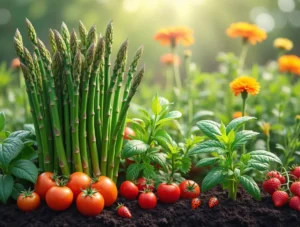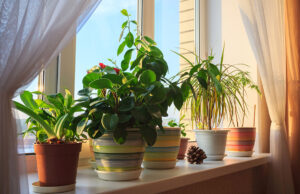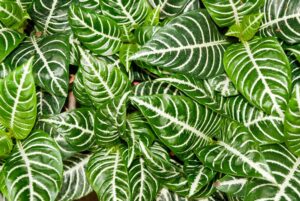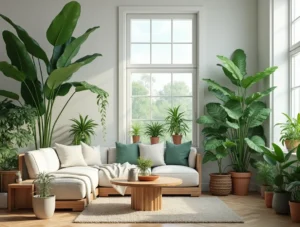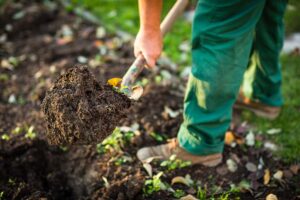For this reason, petunia flowers are a beloved summer flower, as they offer an abundance of blossoms in nearly every color imaginable, including those that resemble the night sky or are multicolored. However, are petunias perennials, or do you need to replant them annually to appreciate their breathtaking flower arrangements? Depending on the temperature in your area, the answer is either yes or no.
On This Page
Are Petunia flowers annuals or perennials?
People often refer to petunias as annuals, but this is not entirely accurate. Most cultivators grow them as annuals and dispose of them after the summer season. Petunias are typically winter-hardy in USDA Zones 9–11 and are not tolerant of freezing. Due to their aversion to cold, we classify them as tender perennials; indeed, they are perennials, but only in extremely mild regions. A plant that is truly annual completes its life cycle within a single year and subsequently perishes.
Categories of Petunias
- Despite the fact that we usually buy petunias in flats or suspended basket arrangements because of their color, we can also categorize them into five groups according to their flower and growth characteristics.
- Milliflora petunias are characterized by their dense growth of small, 1-inch-diameter blossoms.
- Multiflora varieties tend to be active and produce two-inch-diameter blossoms.
- Floribunda petunias is an intermediate species between the floribunda and grandiflora varieties, with blossoms that are approximately three inches in diameter.
- As their name implies, grandiflora flowers are the largest in the group, with a diameter of five inches. The delicate nature of these blossoms makes them more suitable for protected areas, shielding them from harsh weather conditions like wind and rain.
- Spreading (Wave) petunias are new to the scene. They exhibit a sprawling or trailing growth pattern, with stems that can extend up to four feet in length when placed in a container. Wave petunias are optimal for hanging baskets, as they will continue to blossom and expand without becoming leggy.
Growing Petunias as Perennials
Petunias, which are delicate perennials, can endure for an extended period of time, provided that the conditions are favorable. Nevertheless, the petunias perish in autumn due to the excessively cold winters in numerous regions.
Gardeners in frost-free regions may be able to overwinter tender perennials outdoors and re-enjoy them. Nevertheless, petunias are not as long-lived as many other perennials. They typically only live for approximately three years, even when freezing weather does not prematurely kill them. They may self-seed in humid climates. To qualify as perennials, cultivate petunias in a frost-free environment.
Planting Petunias as Annuals
Typically, people grow petunias as annuals and compost them at the end of the season. While you can cultivate them from seed, garden centers offer unparalleled convenience and variety in juvenile petunia plants. Plant a dozen petunias in just 10 minutes for nearly immediate color throughout the season.
Consider the growth habit information on the tag when choosing petunias. For garden plots and regular planters, choose erect-growing varieties with short stems that maintain their upright shape. Choose trailing or sprawling varieties with long, vining stems to achieve the desired large, overflowing appearance in a container or hanging arrangement.
Although certain newer hybrids are self-cleaning, which means that the old blossoms fall off on their own, numerous varieties require deadheading to promote ongoing blooming. Look for varieties that do not require deadheading if your plans include a hanging container that will be difficult to access.
Tips for Growing Petunias
A suspended planter or container that is brimming with vibrant petunias is the epitome of summer. Due to their rainbow-colored appearance, these plants are versatile and can create a variety of themed designs. For instance, would you like a basket or flower border that incorporates the colors of your alma mater? This can be accomplished using petunias.
After purchasing vibrant petunia flats from your neighborhood garden center, there are a few essential items that these plants must have in order to continue flowering prolifically until frost:
- Full sun. Petunias require a sunny location. Although they are tolerant of partial shade, the number of blossoms they produce decreases as the amount of sunlight decreases.
- Effective drainage. Petunias in containers require only potting soil with adequate drainage. You should sow them in a well-drained, compost-amended area for optimal results.
- Consistent irrigation. Maintain a consistent moisture level in your petunias, ensuring that they are not overly wet. Ensure that your plants receive an adequate amount of water, particularly during the summer months, to prevent them from wilting.
There is an abundance of sustenance. Petunias will achieve their maximum flower potential by incorporating a slow-release fertilizer into the soil during the planting process.

